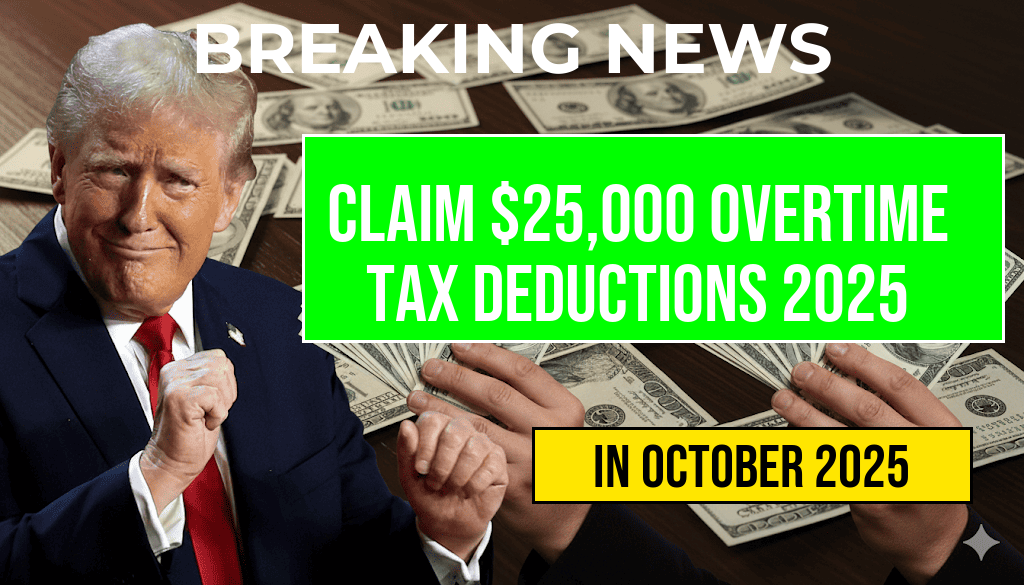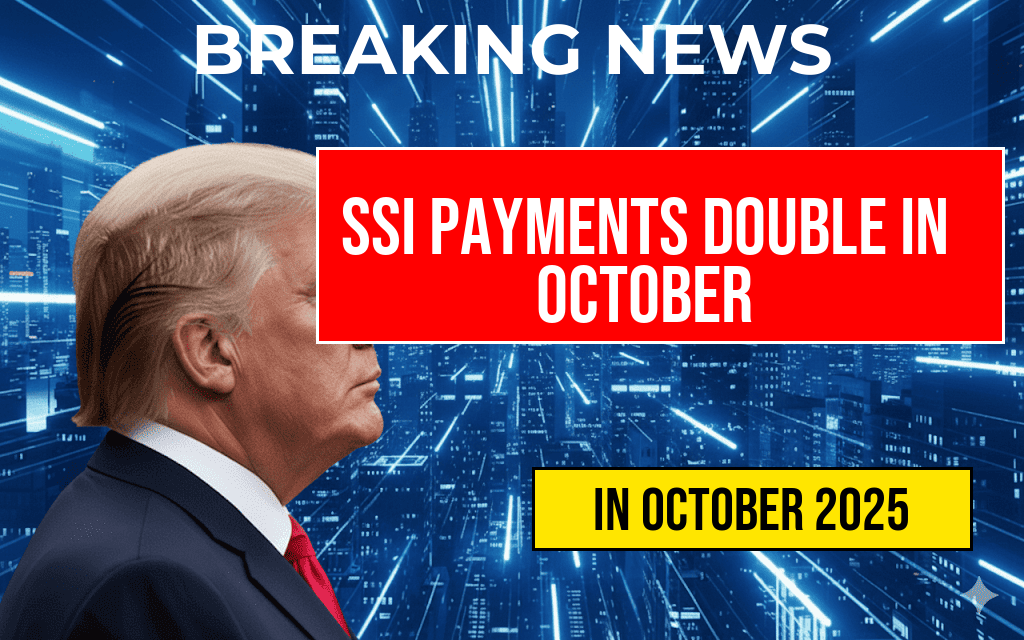For many Americans, side hustles have become a vital source of supplementary income, often operating through popular platforms like PayPal, Venmo, or digital marketplaces. A common question among gig workers and small entrepreneurs centers on tax reporting obligations, particularly regarding the issuance of Form 1099-K. Recent regulatory adjustments and IRS guidance clarify that payments under a certain threshold do not trigger this reporting requirement. Specifically, if a taxpayer receives less than $20,000 in gross payments and has fewer than 200 transactions in a calendar year through third-party payment processors, they generally will not receive a 1099-K. This rule aims to reduce the reporting burden on small-scale earners but has sparked discussions about tax compliance and the definition of income for casual sellers.
Understanding the 1099-K Reporting Threshold
The Origins of the Rule
The 1099-K form, introduced by the IRS in 2011, was designed to improve tax compliance by capturing income processed through third-party settlement organizations. Its purpose is to ensure that income received via digital payment platforms is accurately reported to the IRS, helping to prevent underreporting. Historically, the threshold for issuing a 1099-K was set at $20,000 in gross payments with more than 200 transactions. This combined threshold was intended to focus on larger, potentially taxable activities, rather than casual or small-scale transactions.
Recent Changes and Clarifications
Starting in 2022, the American Rescue Plan Act modified the reporting threshold for the 1099-K. Instead of the previous combined requirement, the IRS now mandates reporting if a taxpayer exceeds either $600 in gross payments or 200 transactions in a calendar year. However, the $600 threshold is the most significant change, drastically expanding the scope of reporting for small sellers and gig workers.
Despite this, there is a common misconception that all payments exceeding $600 automatically trigger a 1099-K. In reality, the IRS only issues a 1099-K if the gross payments surpass this amount and the transaction volume exceeds 200. For transactions below $600, individuals are generally not issued a 1099-K, but they are still responsible for reporting income on their tax returns if it is taxable.
Implications for Side Hustlers and Small Sellers
Understanding the Income Threshold
Many part-time sellers or gig economy workers may not realize that the absence of a 1099-K does not exempt them from reporting income. The IRS considers all taxable income, regardless of whether a form is issued. Therefore, earning less than $20,000 across fewer than 200 transactions typically means the taxpayer won’t receive a 1099-K, but they are still legally obligated to report that income if it is taxable.
How to Track and Report Small-Scale Income
- Maintain detailed records of all income received through various platforms.
- Use bank statements, payment processor reports, and receipts to compile total earnings.
- Report all taxable income on Schedule C (Profit or Loss from Business) when filing federal taxes.
- Be aware that even if a 1099-K is not issued, the IRS still receives copies of your payment transactions through third-party reporting and bank data.
Potential Pitfalls and Best Practices
Misunderstanding the Thresholds
One common mistake is assuming that income under $20,000 is tax-free or does not require reporting. This misconception can lead to underreporting, which may trigger audits or penalties. The IRS emphasizes that the reporting thresholds are administrative, not a safe harbor for non-reporting.
Preparing for Tax Season
| Aspect | Details |
|---|---|
| Income Threshold | Below $20,000 and fewer than 200 transactions — generally no 1099-K issued |
| Tax Responsibility | All taxable income must be reported, regardless of form issuance |
| Recordkeeping | Maintain comprehensive records of all income and expenses |
| Tax Forms | Use Schedule C or appropriate schedules for reporting self-employment income |
Expert Advice and Resources
Tax professionals recommend diligent documentation of all earnings, especially for small-scale operations that might not trigger formal reporting. The IRS website provides detailed guidance on reporting requirements, including the latest updates to thresholds and forms (IRS Form 1099-K). For those uncertain about their tax obligations or how to organize their records, consulting a tax advisor can help ensure compliance while maximizing deductions.
Stay Informed
Tax laws are subject to change, and platforms often update their reporting policies. Regularly reviewing official guidance from the IRS and staying informed through reputable financial news outlets such as Forbes or [Wikipedia’s page on tax reporting](https://en.wikipedia.org/wiki/Tax_reporting) can help gig workers and small entrepreneurs navigate their responsibilities confidently.
Frequently Asked Questions
What is the side hustle threshold for issuing a 1099-K?
The side hustle threshold refers to the minimum amount of payments a business must process before they are required to issue a 1099-K form. Currently, payments under $20,000 and fewer than 200 transactions do not trigger the requirement.
Why are payments under $20,000 not subject to a 1099-K?
The IRS has set the payment threshold at $20,000 to reduce the administrative burden on small sellers and gig workers. Payments below this amount generally do not require reporting via 1099-K, simplifying tax compliance for casual or low-volume side hustles.
Does receiving less than $20,000 mean I don’t need to report my income?
No, income earned from a side hustle must still be reported on your tax return, even if it does not trigger a 1099-K. The threshold only affects whether the payment processor reports your earnings to the IRS.
What happens if I receive more than $20,000 but fewer than 200 transactions?
If you receive more than $20,000 in payments, but your total transactions are fewer than 200, the 1099-K is typically not issued. The threshold requires both conditions to be met: over $20,000 and at least 200 transactions.
Are there any changes expected to the side hustle threshold in the future?
The IRS has discussed potential updates to the reporting thresholds, which could impact 1099-K requirements. It’s advisable to stay informed about any legislative changes that may alter the payment reporting rules for side hustles.









